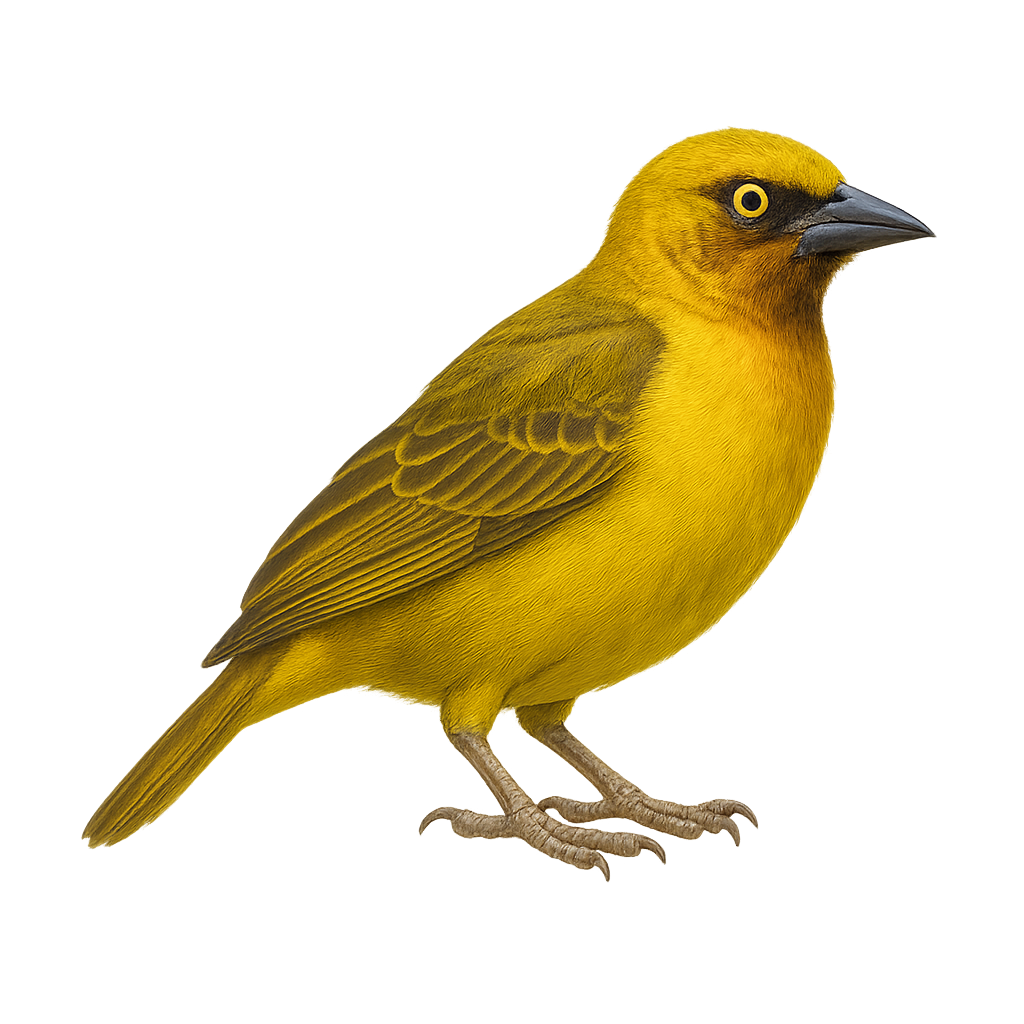Your wildlife photography guide.
Explore the spectacled weaver in detail, study its behavior, prepare your shots.
Where to observe and photograph the spectacled weaver in the wild
Learn where and when to spot the spectacled weaver in the wild, how to identify the species based on distinctive features, and what natural environments it inhabits. The WildlifePhotographer app offers tailored photography tips that reflect the spectacled weaver’s behavior, helping you capture better wildlife images. Explore the full species profile for key information including description, habitat, active periods, and approach techniques.
Spectacled Weaver
Scientific name: Ploceus ocularis

IUCN Status: Least Concern
Family: PLOCEIDAE
Group: Birds
Sensitivity to human approach: Suspicious
Minimum approach distance: 10 m
Courtship display: December to January
Incubation: 12-14 jours
Hatchings: December to February
Habitat:
Forests, savannas, wooded areas
Activity period :
Primarily active during the day, with peak activity in the morning and late afternoon.
Identification and description:
The Spectacled Weaver, or Ploceus ocularis, is a medium-sized bird known for its bright yellow plumage and distinctive eye markings resembling spectacles. It primarily inhabits wooded areas and savannas in sub-Saharan Africa. This bird is renowned for its weaving skills, constructing intricate and suspended nests. Males are particularly active during the breeding season, displaying courtship behaviors to attract females. The Spectacled Weaver is a social bird, often seen in small groups. It primarily feeds on insects and seeds, playing a role in its ecosystem's balance.
Recommended lens:
400 mm – adjust based on distance, desired framing (portrait or habitat), and approach conditions.
Photography tips:
To photograph the Spectacled Weaver, it is advisable to use a telephoto lens of at least 400mm to capture detailed images without disturbing the bird. Look for areas where weavers build their nests, often in trees or shrubs. Be patient and discreet, as these birds can be suspicious. Try shooting during morning or late afternoon hours to take advantage of soft, natural light.
The WildlifePhotographer App is coming soon!
Be the first to explore the best nature spots, track rutting seasons, log your observations, and observe more wildlife.
Already 1 431 wildlife lovers subscribed worldwide

